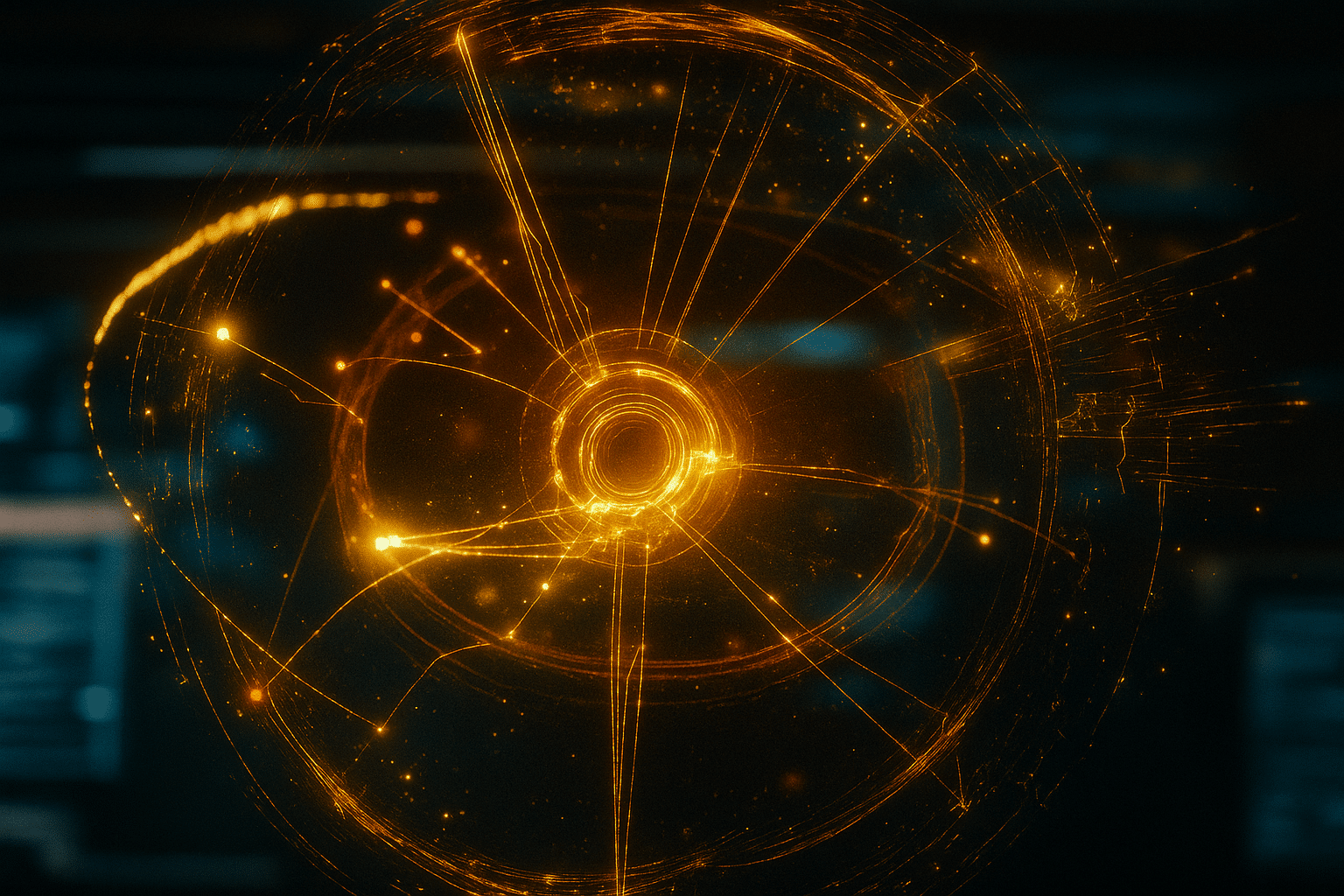


Artificial Intelligence (AI) has revolutionized industries by enabling faster, smarter, and more efficient decision-making. Root Cause Analysis (RCA) is no exception. Traditionally, RCA has been a manual, time-consuming process requiring deep expertise and meticulous attention to detail. With the integration of AI, organizations can now streamline RCA processes, uncover insights faster, and enhance overall reliability.
Get a free 1-day trial of EasyRCA with AI to see what doing an RCA with AI is really like!

How AI Transforms Root Cause Analysis
AI brings unprecedented capabilities to RCA by automating repetitive tasks, analyzing large volumes of data, and identifying patterns that may not be apparent to human analysts. Here’s how AI is reshaping the RCA landscape:
- Automated Data Collection and Analysis: AI-powered tools can aggregate data from multiple sources, such as IoT sensors, system logs, and maintenance records. By analyzing this data in real-time, AI helps identify anomalies and potential failure points quickly.
- Predictive Insights: Machine learning models can predict future failures based on historical data, enabling organizations to address issues before they escalate.
- Enhanced Pattern Recognition: AI can uncover hidden relationships between variables, offering deeper insights into the root causes of complex problems.
- Natural Language Processing (NLP): NLP capabilities allow AI to analyze unstructured data, such as technician notes or customer complaints, and extract meaningful information for RCA.
Practical Applications of AI in RCA
- Manufacturing: AI can monitor production lines, detect deviations in equipment performance, and pinpoint the root cause of quality defects.
- IT Operations: In IT environments, AI-powered RCA tools can analyze network traffic, log files, and application performance data to identify the source of outages or slowdowns.
- Healthcare: AI aids in diagnosing equipment failures in medical devices, ensuring patient safety and reducing downtime.
Generative AI in RCA
Generative AI takes RCA to the next level by suggesting potential root causes and corrective actions based on similar past incidents. For example, a generative AI system might recommend specific maintenance procedures for a recurring machinery failure, saving time and improving accuracy.
Challenges and Considerations
While AI offers significant advantages, it’s essential to approach its implementation thoughtfully:
- Data Quality: The effectiveness of AI depends on the quality and completeness of the data it analyzes.
- Human Oversight: AI should complement, not replace, human expertise. Analysts must validate AI-generated insights to ensure accuracy.
- Integration: Seamlessly integrating AI-powered RCA tools with existing systems and workflows is critical for success.
Conclusion
AI is transforming Root Cause Analysis by making it faster, more accurate, and more proactive. By leveraging AI-powered tools, organizations can reduce downtime, improve operational efficiency, and foster a culture of continuous improvement. As technology advances, the combination of human expertise and AI’s analytical power will unlock new possibilities for reliability and problem-solving. The future of RCA is here—and it’s intelligent.
Ignite your curiosity, subscribe now!
Stay informed and connected with the latest updates by subscribing today!

